Welcome to our guide on low light houseplants safe for cats, a must-read for all pet parents! If you’re looking to green-up your home without worrying about your furry friend’s health, you’re in the right place. In this blog, we’ll explore a variety of plants that thrive in low light houseplants that are completely safe for cats.
It’s important to choose suitable plants for your home, especially if you have curious cats that may nibble on leaves. We’ll cover everything from selecting the right types of plants to how to care for them, ensuring that your indoor garden is both beautiful and safe for your pets. Stay tuned to find out low light houseplants safe for cats.
Why Go for Low Light Plants?
Not every part of your home is flooded with sunlight, and that’s perfectly okay. Low light plants are ideal for spaces like hallways, bathrooms, or corners of rooms that don’t get much natural light. But why exactly should you consider them, especially when you have cats?
- They’re adaptable: Low light plants are hardy and can thrive in less-than-ideal lighting conditions where other plants might struggle. This makes them great for those darker spots in your home.
- Low maintenance: Typically, these plants require less upkeep. They don’t need to be watered as frequently as plants that live in full sun, making them a practical choice for busy plant owners.
- Air quality: Many low light plants are excellent at purifying the air. They can remove toxins from your surroundings, which is good for you and your pets. Plants like the spider plant not only brighten a dim corner but also clean the air your cat breathes.
- Safe for pets: The best part about the specific plants we will discuss is their safety for pets. These aren’t just plants that can survive in low light; they’re also non-toxic to cats, so you won’t have to worry about your pets getting sick if they decide to take a nibble.
Choosing the right plants for your home doesn’t just add a touch of nature to your decor; it also creates a healthier environment for your family and pets. By opting for low light plants that are safe for cats, you’re making a smart, safe, and stylish choice.
Keeping It Safe for Cats
When you share your home with cats, their safety becomes a top priority, especially when it comes to choosing houseplants. Cats are naturally curious creatures and might chew on leaves or stems, which makes it essential to select non-toxic plants. Here’s what you need to know to keep your furry friends safe:
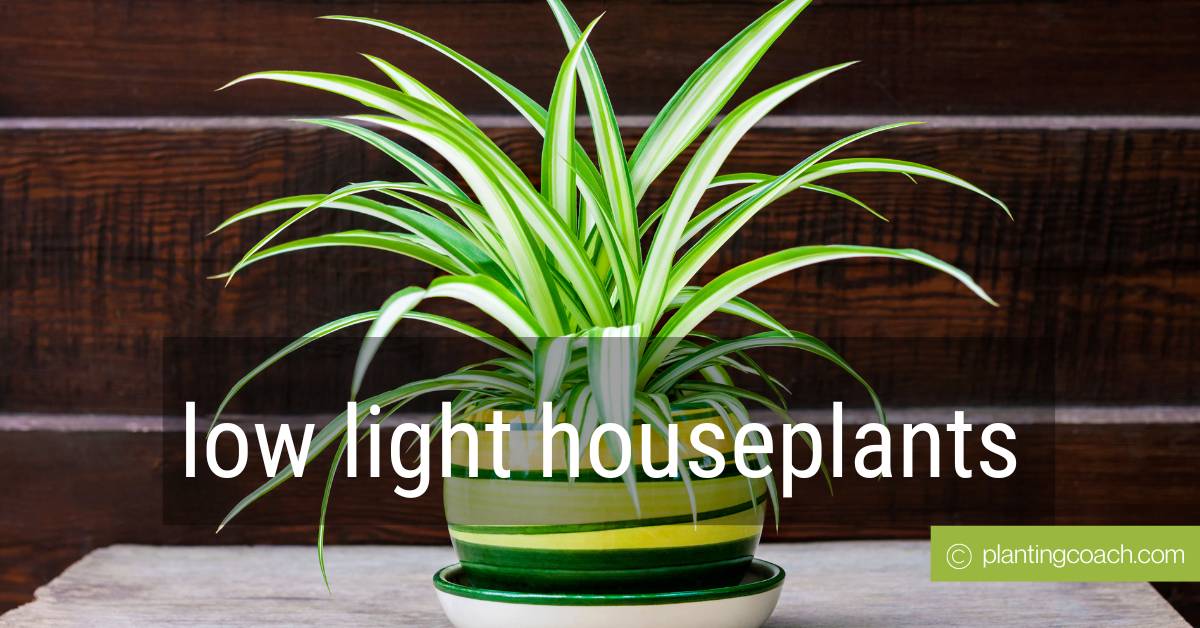
- Toxic vs. Non-Toxic: Many common houseplants can be harmful to cats, causing anything from mild nausea to more severe health issues. It’s crucial to know which plants are safe. Always check a reliable source or consult with your vet when adding new plants to your home.
- Symptoms of Poisoning: Be aware of signs that your cat may have ingested something toxic. Symptoms can include drooling, vomiting, diarrhea, lethargy, or changes in appetite. If you notice any of these signs, contact your vet immediately.
- Safe Plant Placement: Even with non-toxic plants, it’s a good idea to place them out of easy reach. This prevents cats from chewing on them and also protects the plants from any cat-related mischief.
- Alternatives to Live Plants: If you’re concerned about any risk, consider cat-safe artificial plants. They can provide the aesthetic benefits without the worry. Additionally, growing cat grass or catnip at home can divert your cat’s attention from other houseplants.
- Educate Yourself and Household: Make sure everyone in your home knows which plants are safe and which aren’t. Educating children and other family members on the importance of keeping certain plants out of reach can further safeguard your pets.
Top Low Light Houseplants Safe for Cats
If you’re looking to add some greenery to your home without worrying about your cat’s safety, consider these top houseplants. Not only do they thrive in low light conditions, but they’re also completely safe for your feline friends. Here’s a list of some of the best options:
- Spider Plant (Chlorophytum comosum): One of the easiest houseplants to maintain, spider plants are non-toxic to cats and can grow even in low light. They’re known for their air-purifying properties and can help remove toxins like formaldehyde from indoor air.
- Boston Fern (Nephrolepis exaltata): This lush, feathery fern is perfect for hanging baskets or elevated plant stands. Boston ferns thrive in humidity and indirect light, making them ideal for bathrooms or kitchens, and are safe for cats.
- Cast Iron Plant (Aspidistra elatior): True to its name, the cast iron plant is nearly indestructible and can survive in poor light and extreme temperatures. It’s a great choice if you’re looking for a low-maintenance plant that’s also safe for pets.
- Prayer Plant (Maranta leuconeura): Known for its unique leaf movements (they fold up at night as if in prayer), the prayer plant prefers low to medium light. Its non-toxic leaves make it a safe and visually appealing option for cat owners.
- Calathea Orbifolia: With its striking striped leaves, Calathea orbifolia is a beautiful addition to any space. It thrives in low light and high humidity, and like the other plants on this list, it is non-toxic to cats.
By choosing any of these plants, you can decorate your home without worrying about your cat’s health. Not only will these plants add a touch of nature to your indoor spaces, but they’ll also keep your pets safe and sound.
How to Look After Your Low Light Plants
Caring for houseplants that thrive in low light doesn’t have to be complicated. Here are some simple tips to help you keep your plants healthy and thriving, even in dimly lit areas of your home:
- Watering: Low light plants generally require less water than those grown in bright sunlight. Overwatering can be harmful, so it’s important to let the soil dry out slightly between waterings. Stick your finger about an inch deep into the soil; if it feels dry, it’s time to water.
- Soil Conditions: These plants typically do well in well-draining soil that holds moisture without becoming soggy. Choose a potting mix designed for indoor plants, which will provide the right balance of aeration and moisture retention.
- Fertilizing: While low light plants need fewer nutrients than those in full sun, they still benefit from occasional feeding. Use a balanced, water-soluble fertilizer every 6-8 weeks during the growing season, but ease up in the winter when plant growth naturally slows down.
- Pruning and Cleaning: Remove any yellow or dead leaves to keep your plants looking their best and to prevent any potential disease spread. Dust can block light, so gently wipe leaves with a damp cloth or give them a light shower every few months.
- Adjusting Light Exposure: Even low light plants can benefit from occasional exposure to brighter light. If possible, rotate your plants periodically to ensure they receive light evenly on all sides. This can help prevent them from leaning towards the light source.
- Humidity: Many low light plants originate from understorey environments in tropical forests and thus prefer higher humidity. If your home is dry, especially in winter, use a humidifier or place your plant’s pot on a tray filled with pebbles and water to increase the surrounding humidity.
Keeping Your Cat Safe
While filling your home with plants can create a peaceful and attractive environment, ensuring the safety of your cat should always come first. Here are some tips to help you manage the coexistence of your plants and your cat safely:
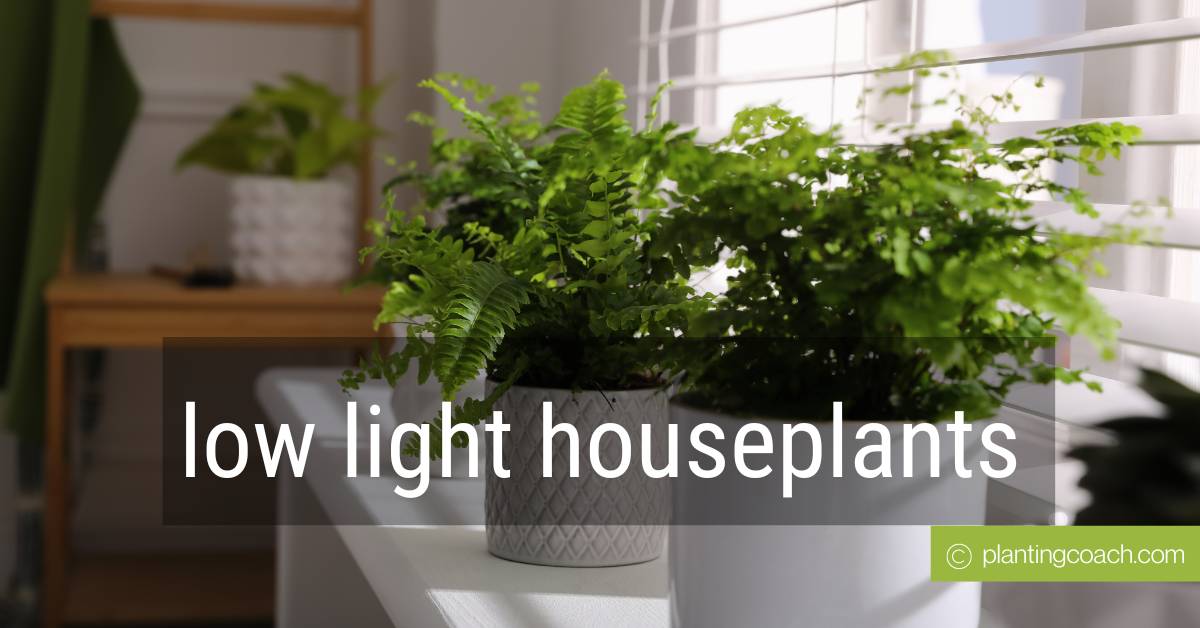
- Cat-Safe Zones: Designate certain areas of your home as cat-safe zones where no plants are allowed. This gives your cat a safe space to play and relax without the temptation of nibbling on potentially harmful foliage.
- Secure Plant Placement: Use stable, heavy pots that your cat can’t knock over, and consider placing plants on high shelves or in hanging baskets. Secure placement not only protects your plants but also prevents accidents that could hurt your cat.
- Use Natural Deterrents: If your cat is particularly curious about your plants, try using natural deterrents. Citrus peels, cayenne pepper, or commercially available pet-safe bitter sprays can discourage them from getting too close.
- Provide Alternatives: Give your cat its own plants to interact with. Cat grass or catnip are great options that can safely satisfy your cat’s urge to munch on greenery.
- Regular Monitoring: Keep an eye on both your plants and your cat. Look for any signs of tampering or ill effects from accidental ingestion. Early detection can prevent many emergencies.
- Educate Everyone in the Household: Make sure everyone in your home knows the rules about plants and cats. This includes guests who might not be aware that certain plants are off-limits or that doors to specific rooms should remain closed.
Learn More
Expanding your knowledge about low light houseplants safe for cats and how to care for them can make your home safer and more enjoyable for both you and your pets. Here are some resources and suggestions to help you dive deeper into the world of pet-friendly gardening:
- Books and Guides: Look for books specifically about houseplants and pet safety. Titles like “Plants and Pets: Safe and Sound” or “The Houseplant Expert’s Guide to Pet-Friendly Greenery” offer in-depth information and are great resources.
- Online Forums and Communities: Join plant enthusiast groups on platforms like Reddit, Facebook, or specialized gardening forums. These communities can provide support, answer questions, and offer practical advice from experienced plant owners.
- Workshops and Local Classes: Check if local nurseries or botanical gardens offer workshops on pet-safe plants. These can be a fun way to learn more about plant care and meet other pet owners with similar interests.
- Consult with Veterinarians: Your vet can provide valuable information on which plants are toxic to pets and what symptoms to look out for in case of accidental ingestion.
- Gardening Blogs and Websites: Websites like The Sill, Gardening Know How, or Planterina often feature articles about pet-safe plants and how to integrate them into your home safely.
- YouTube Channels: Watch gardening vloggers who specialize in pet-safe indoor gardening. Channels like “Garden Answer” or “Summer Rayne Oakes” provide visual guides and tips that can be especially helpful.
- Apps: Consider downloading apps designed to help you identify plants and their toxicity levels, like “PictureThis” or “Planta.” These can be handy tools when shopping for new plants or assessing the ones you already own.
Conclusion
Choosing the right low light houseplants safe for cats isn’t just about beautifying your home—it’s about creating a safe and harmonious environment where both your plants and your pets can thrive. By selecting the right species and taking proper care of them, you ensure that your home remains a healthy haven for everyone.
Remember, the key to success lies in choosing non-toxic plants, understanding their care requirements, and taking proactive steps to keep your cats safe from potential hazards. With the tips and resources provided in this guide, you’re well on your way to enjoying the dual pleasures of pet ownership and plant parenthood without compromise.
Thank you for reading, and happy planting! Feel free to share this blog with other cat and plant lovers in your life, and let’s spread the word about creating pet-friendly green spaces in our homes.




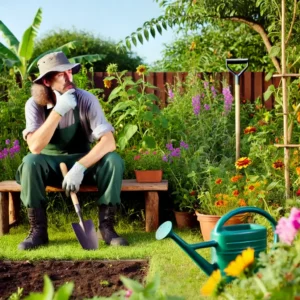
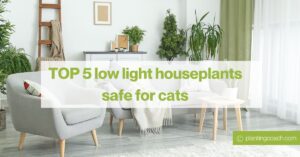
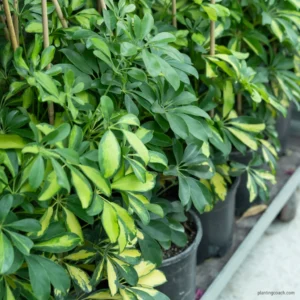
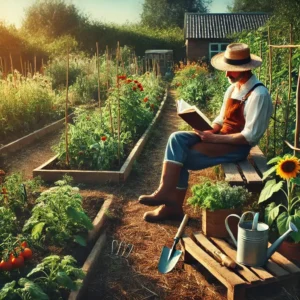
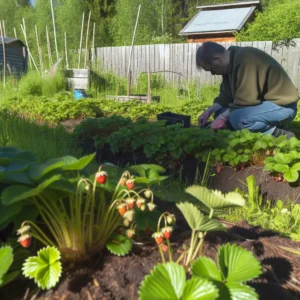
Woah! I’m really digging the template/theme of this website. It’s simple, yet effective. A lot of times it’s very difficult to get that “perfect balance” between superb usability and appearance. I must say you’ve done a awesome job with this. Additionally, the blog loads extremely fast for me on Firefox. Outstanding Blog!